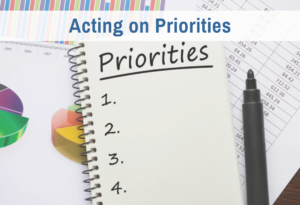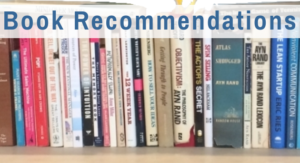Often people judge a decision by its results. When they don’t like the way the decision turned out, they conclude they must have made a bad decision. But that doesn’t follow.
When you make a decision, you make it in a very specific context. You choose between competing priorities, on the basis of incomplete knowledge, in limited time. The “best possible decision” is the best decision that could have been made, given those constraints.
To take a simple example, when I made my “to do” list Saturday, I did not include “buy a cat door.” John, our handyman, was coming in to fix a few things, plus install the door in my study. I thought he was bringing the fixture. He didn’t. “Buy a cat door” rocketed to the top of my “to do” list, leaping over 6 carefully chosen tasks.
Had I made a “bad” decision earlier when I set my top priority? It was based on a mistaken assumption. Does that make it bad? Not in my view.
My decision was mistaken but not bad, because I used best practices to make it. That means I made a good faith effort to review relevant facts, to consider value implications of the options, and to integrate the decision with my long-range goals–all within an appropriate amount of time.
This particular decision was made as part of a routine planning process that takes about 15 minutes each day plus an extra 45 minutes once a week. My rule of thumb is that planning should take less than 5% of the time available. Planning is intended to help you get more done. If it cannibalizes too much work time, it kills your productivity. This is why I recommend an “agile” approach to planning. You want “just in time” planning–just enough planning to keep you productive.
Making a meta-choice about how much time to spend on a decision is part of the best practices I teach. More significant decisions require more due diligence. There is a bigger cost if you make a mistake, so they are worth more time. For example, if you are considering changing your career, I suggest you take six months to deliberate about your new direction.
However, that doesn’t mean you wait six months to make a choice. The best practice that applies to major decisions is that you figure out the short-term decision you need to face now. Making that choice will help you take a small step toward making the bigger decision later.
The purpose of a decision is to move you into action. When you take a step, you change the world a little bit. You see a little bit farther into the future. You observe the actual consequences of your action. Those observations supersede any predictions you made, and help you make a better informed decision next time.
There are “bad” decisions. They’re the product of wishful thinking, jumping to conclusions, and other forms of dropping context–such as ignoring the very real negatives of dragging out your decision process.
In contrast, best practices help you activate the relevant information you have, make the best predictions you can, and reach closure in a timely way. They help you make a logical, emotionally-satisfying decision now. Then, even if you decide it was mistaken later, you will see that your decision now has helped you to move toward your goals faster than if you had made it any other way.








0 Comments